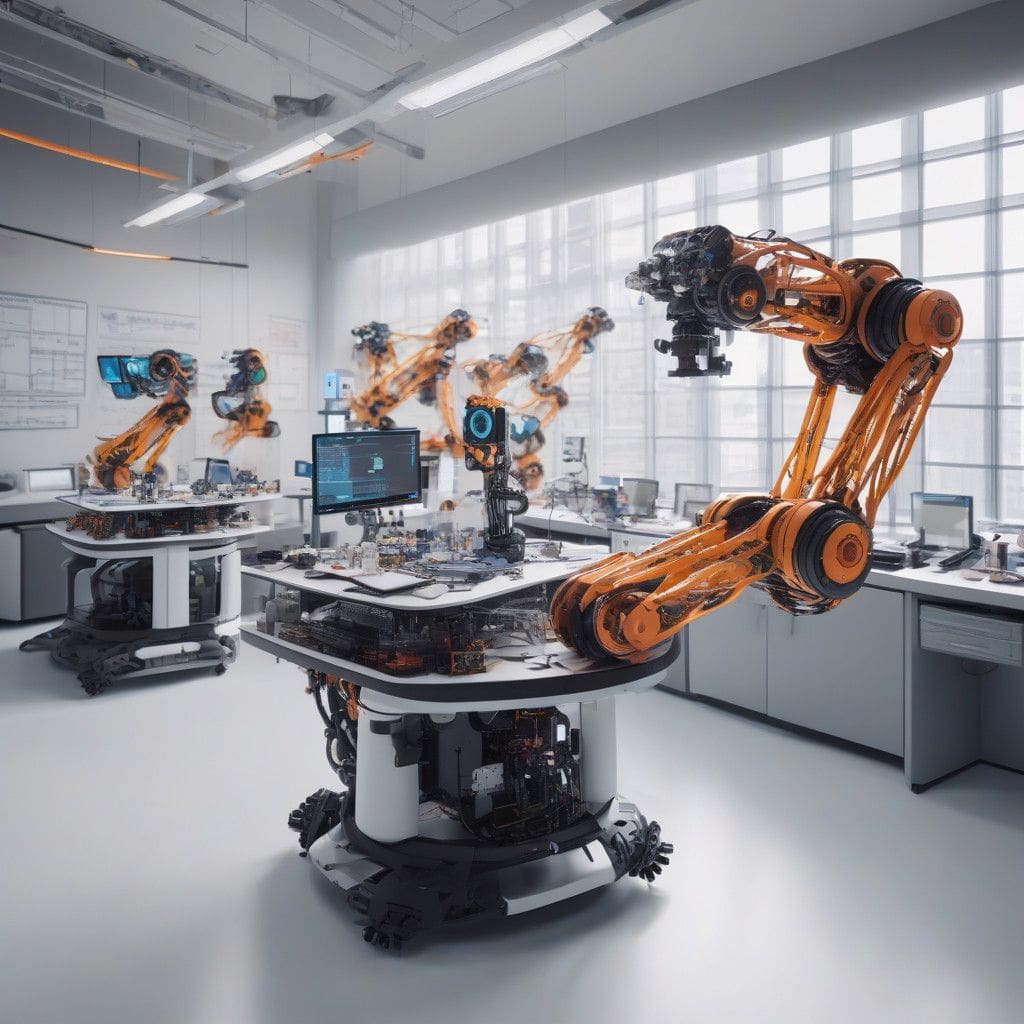The Massachusetts Institute of Technology (MIT) has made significant strides in the field of robotics with a novel training method that mimics the data-driven approaches utilized in large language models (LLMs). This innovative technique signifies a transition from traditional narrow, task-oriented datasets towards a more expansive and versatile data framework. By doing so, MIT aims to enhance the adaptability and operational flexibility of robots in diverse and unpredictable environments.
Historically, robots have relied heavily on imitation learning—a method where they learn by observing and mimicking human behavior. However, this approach faces challenges when exposed to unforeseen variables such as changes in lighting or unexpected obstacles. Recognizing these limitations, the research team at MIT has drawn inspiration from the architecture of models like GPT-4, which have demonstrated exceptional performance in varied tasks by effectively leveraging large datasets.
At the heart of this groundbreaking endeavor lies a new architecture termed Heterogeneous Pretrained Transformers (HPT). This innovative model is engineered to amalgamate data from various sensors and environments, promoting the development of robust training models. The researchers have observed that larger transformers lead to improved outcomes, paralleling trends seen in LLMs. By integrating information from multiple sources, HPT aims to foster more adaptable responses in robots, allowing them to navigate real-world scenarios with higher efficiency.
The potential implications of this research are vast. The ultimate goal involves creating a universal “robot brain” that can be downloaded and deployed without requiring additional training. This ambitious project has attracted the attention of industry giants like the Toyota Research Institute, which recently joined forces with Boston Dynamics. Together, they seek to bridge the gap between cutting-edge learning research and advanced robotic hardware, paving the way for groundbreaking developments in the industry.
One notable advantage of the new approach is its ability to enhance the robots’ understanding of contextual environments. For example, traditional robotics training methods might falter when a robot encounters a new type of obstacle that deviates from its training data. In contrast, MIT’s HPT model is poised to equip robots with the tools they need to adapt seamlessly to novel situations, learning from previous experiences and drawing connections across diverse scenarios.
Moreover, the findings from this research underscore the growing importance of interdisciplinary collaboration in the evolution of artificial intelligence and robotics. The blending of data science, computer vision, and human-robot interaction fosters innovative solutions that stand to benefit multiple sectors, from manufacturing and logistics to healthcare and disaster response.
As we look to the future, the implications of MIT’s advancements extend beyond mere technological innovation. This research beckons deeper questions about the ethical deployment of robots, their role in society, and the impacts of their integration into everyday life. As industries begin to embrace these intelligent systems, ensuring their deployment conforms to ethical standards and serves to enhance human capabilities will become imperative.
In conclusion, MIT’s introduction of a data-rich approach to training robots holds promise for transformative change in the field of robotics. By harnessing diverse data sources and advanced training models, robots are positioned to undertake more complex tasks with greater adaptability than ever before. The collaboration between academia and industry is set to propel this research further, ultimately leading to innovations that can seamlessly blend robotics into various facets of human life, enhancing efficiency and productivity.












